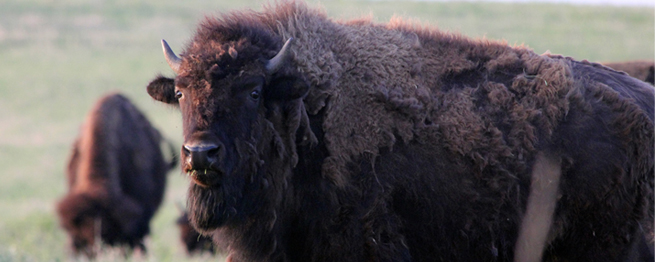185 Sportsmen Groups Come Together in Support of Clean Water Rule
From The Outdoor Wire
One-hundred eighty-five sportsmen groups, including the Theodore Roosevelt Conservation Partnership, the National Wildlife Federation, Trout Unlimited and the Izaak Walton League of America, have released a letter to EPA Administrator Gina McCarthy and Assistant Secretary of the Army Jo-Ellen Darcy expressing their support for the EPA and Army Corps of Engineers’ clean water rulemaking on the heels of the Clean Water Act’s 42nd anniversary on Oct. 18.
The agencies’ proposed clean water rule would clarify Clean Water Act protections for water bodies that provide drinking water for one in three Americans and benefit fish and wildlife and their habitats. The rulemaking process responds to two Supreme Court rulings (in 2001 and 2006) and subsequent agency actions, all of which muddied the proverbial waters by creating uncertainty about which bodies of water were protected under the Clean Water Act, leaving many of our nation’s waterways at increased risk of pollution and destruction.
“The Clean Water Act is the most successful tool we have to protect our water sources. Yet for the past decade, we haven’t had a clear understanding of its scope,” said Jan Goldman-Carter, senior manager of wetlands and water resources at the National Wildlife Federation. “As a result, wetlands are being destroyed, and water quality in our streams is decreasing. We need to see the rulemaking process through and restore clarity to our regulations so that we can begin to reverse the damage that’s been done.”
Sportsmen have been actively engaged on the issue and are particularly concerned that efforts to derail the clean water rule would harm the U.S. hunting- and fishing-based economy, which generates $200 billion in annual economic activity and supports 1.5 million jobs.
Of particular importance for sportsmen is the 140-percent increase in the rate of wetlands loss between 2004 and 2009, which has caused the destruction of critical waterfowl habitat and decreased hunting opportunities.
“A suitable Clean Water Act anniversary present would be for the White House to move swiftly to finalize the rule – and for all of us to recommit to completing the process, improving the proposed rule and finalizing a rule that provides clarity and certainty to the regulated community while conserving fish and wildlife and sustaining America’s outdoor traditions,” said Jimmy Hague, director of the Center for Water Resources at the Theodore Roosevelt Conservation Partnership.
According to a recent report, nearly 60 percent of all stream miles in the U.S. are considered small, intermittent or headwater, and protecting these seasonal waterways from foreign materials and toxins is critical to maintaining clean water for drinking and recreation, as well as safe and healthy fish and wildlife habitats.
“While Saturday was the anniversary of the Clean Water Act, America’s anglers celebrate clean water every day they spend a day out fishing,” said Steve Moyer, vice president for government affairs at Trout Unlimited. “We intimately know the importance of headwater streams for providing habitat for spawning and young fish, as well as preserving water for larger downstream rivers, which is why Trout Unlimited and our 150,000 members strongly support the proposed rule to restore protections to these headwater streams.”
“For 30 years the Clean Water Act stood for the basic idea that we all should be responsible for what we put in the water and what we do to wetlands and streams,” said Mike Leahy, conservation director for the Izaak Walton League of America. “With the clean water rule, the Clean Water Act will once again say we are all responsible for our nation’s waters, whether we live upstream or down.”
The agencies are accepting public comment on the proposed rule through Nov. 14, 2014. Members of the public interested in commenting can do so here.


